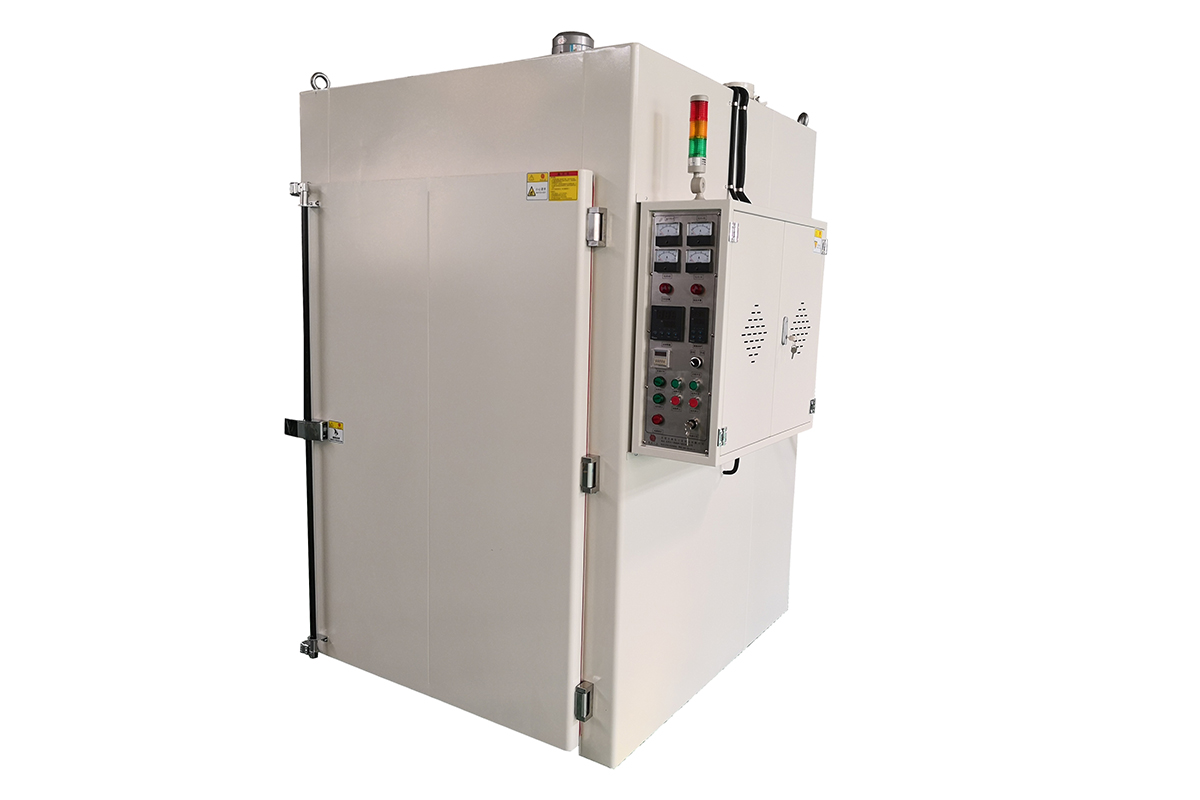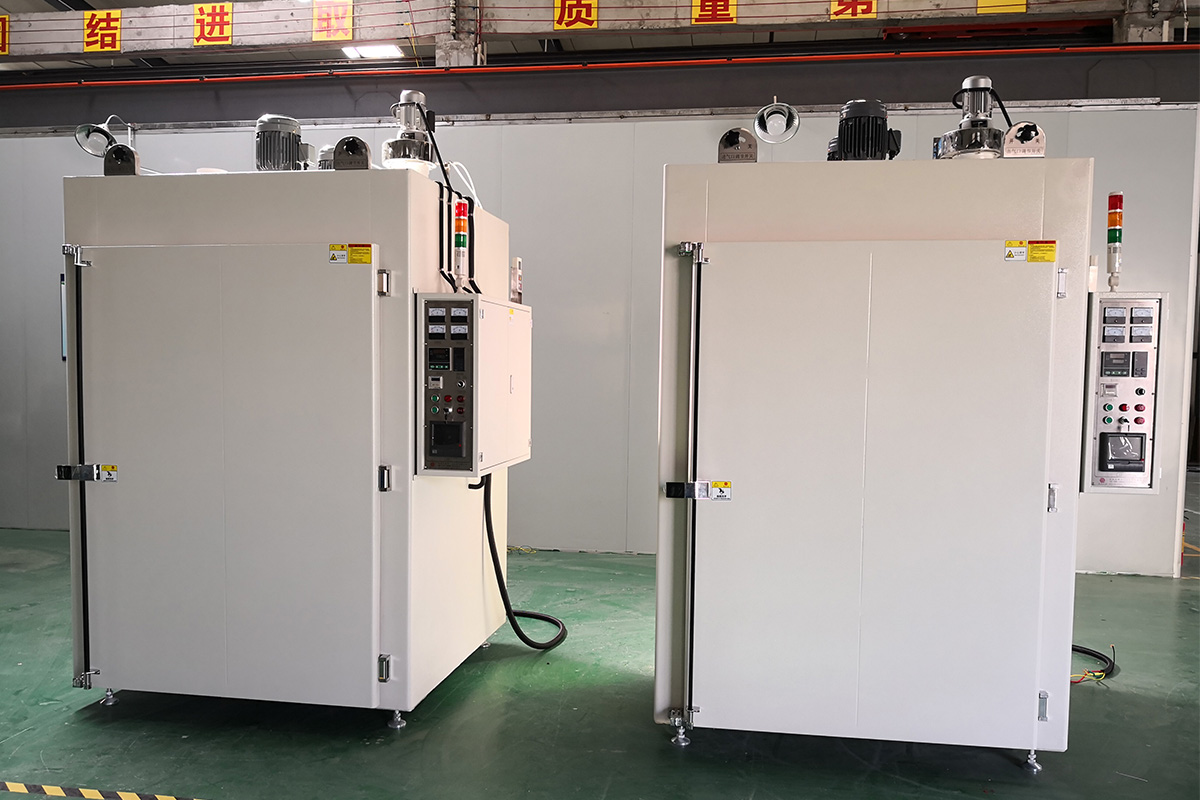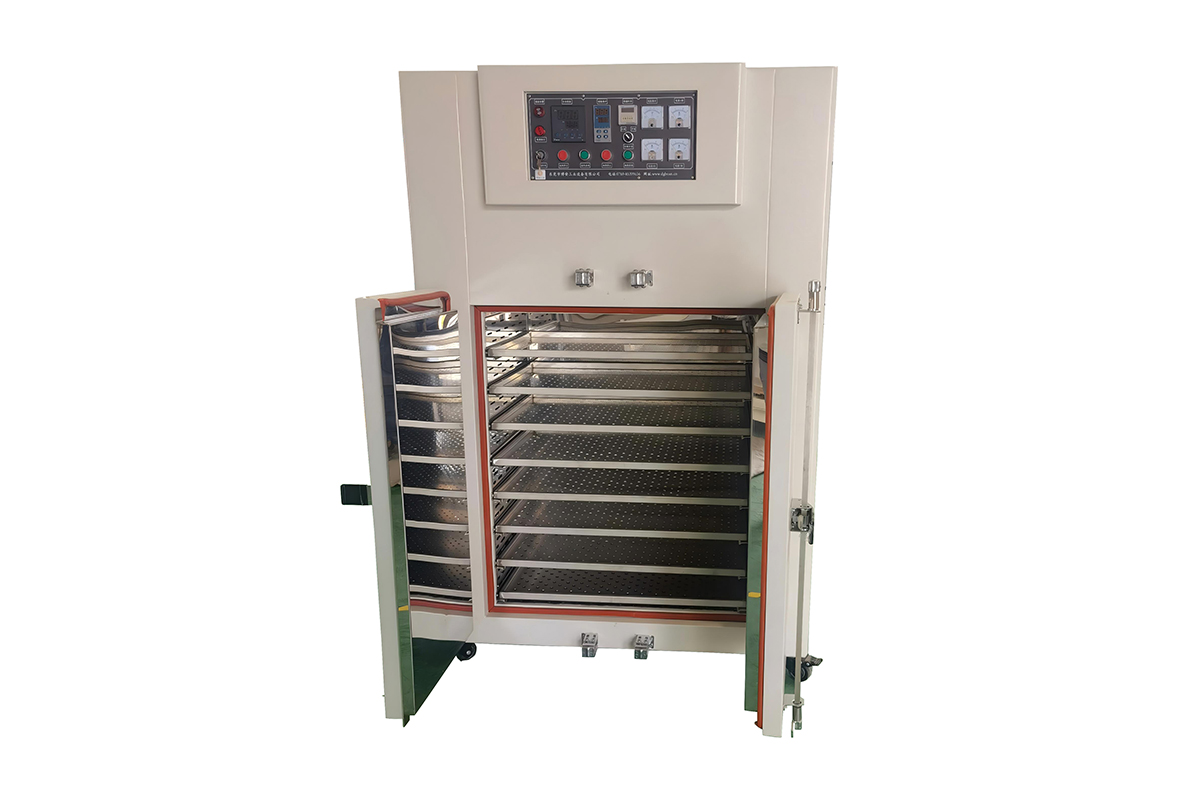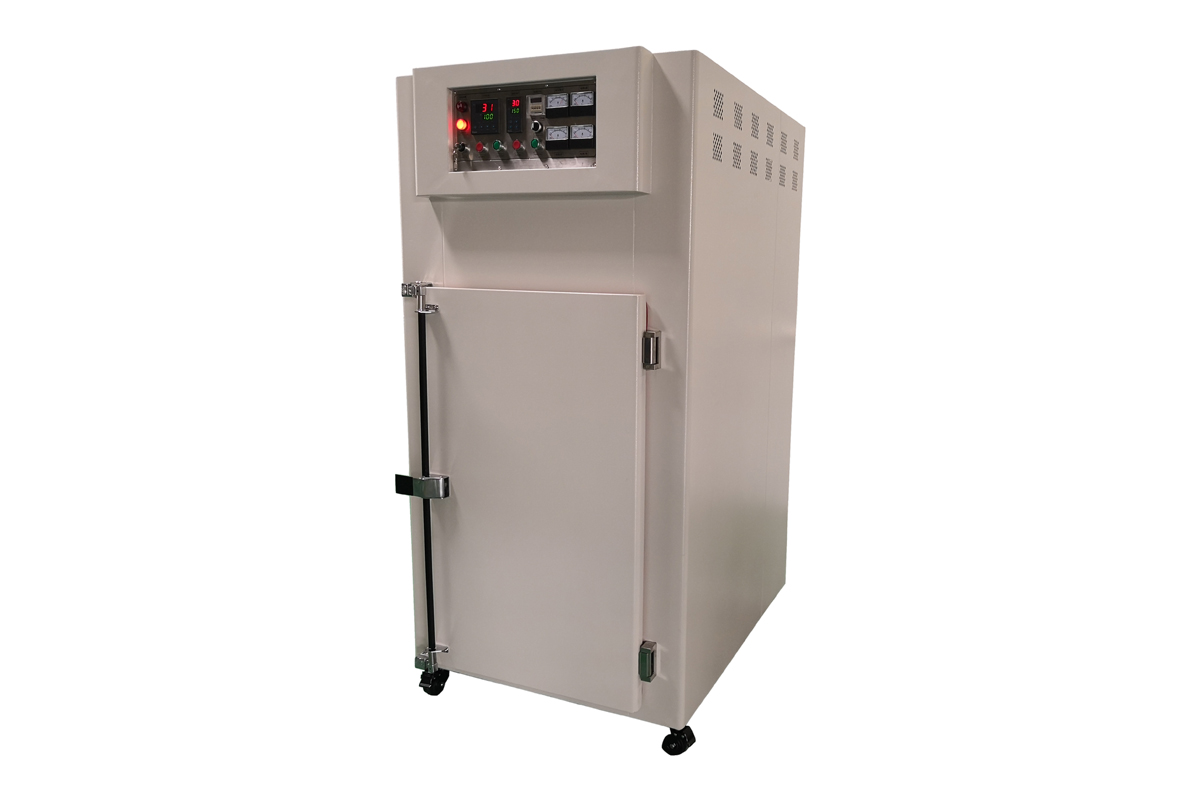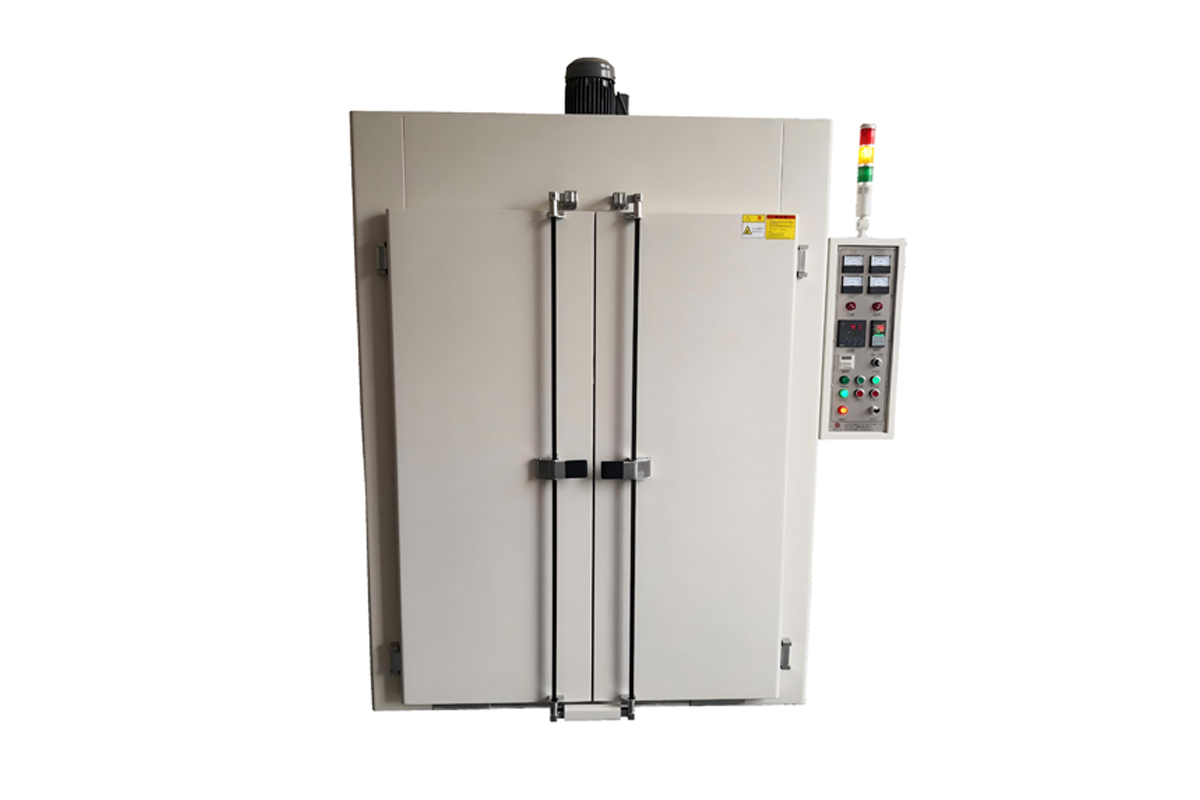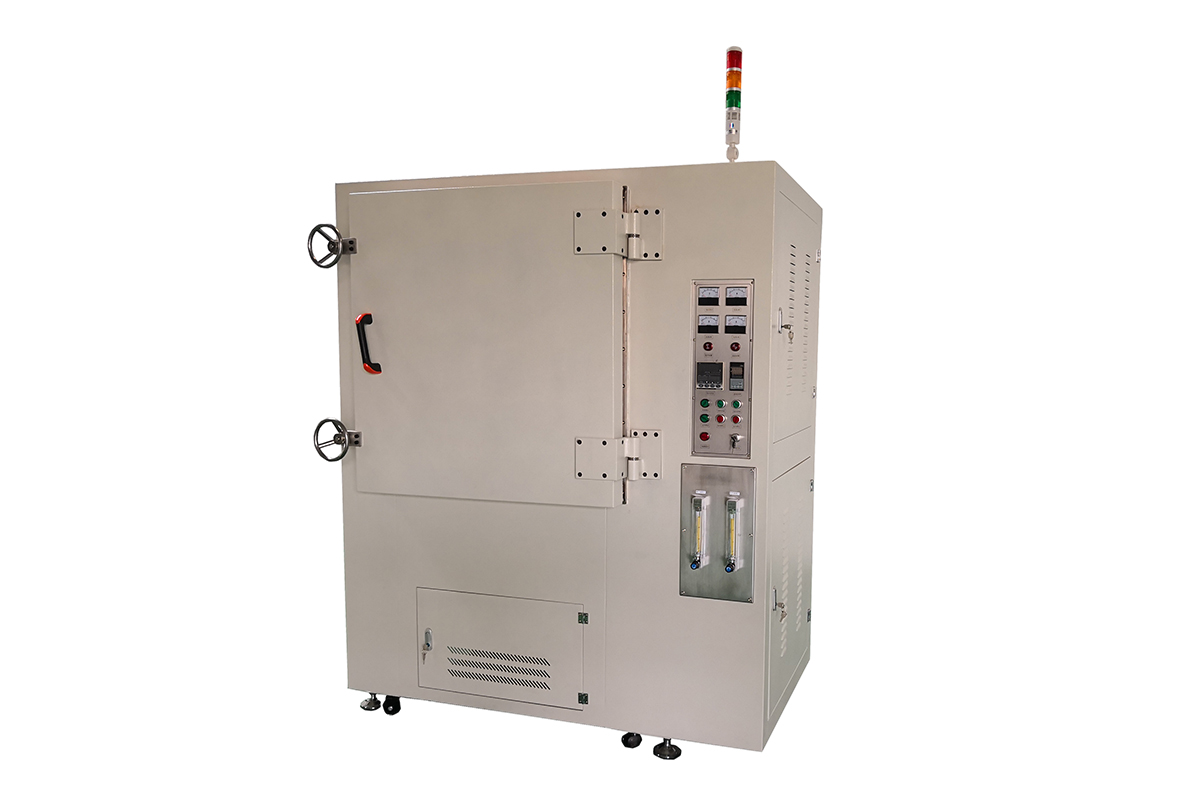Large ovens are essential equipment in industries such as food production, automotive, electronics, and manufacturing, where high-temperature and large-capacity baking, drying, or curing are required. These ovens offer significant temperature control and uniform heat distribution, ensuring high efficiency and reliability in large-scale operations.
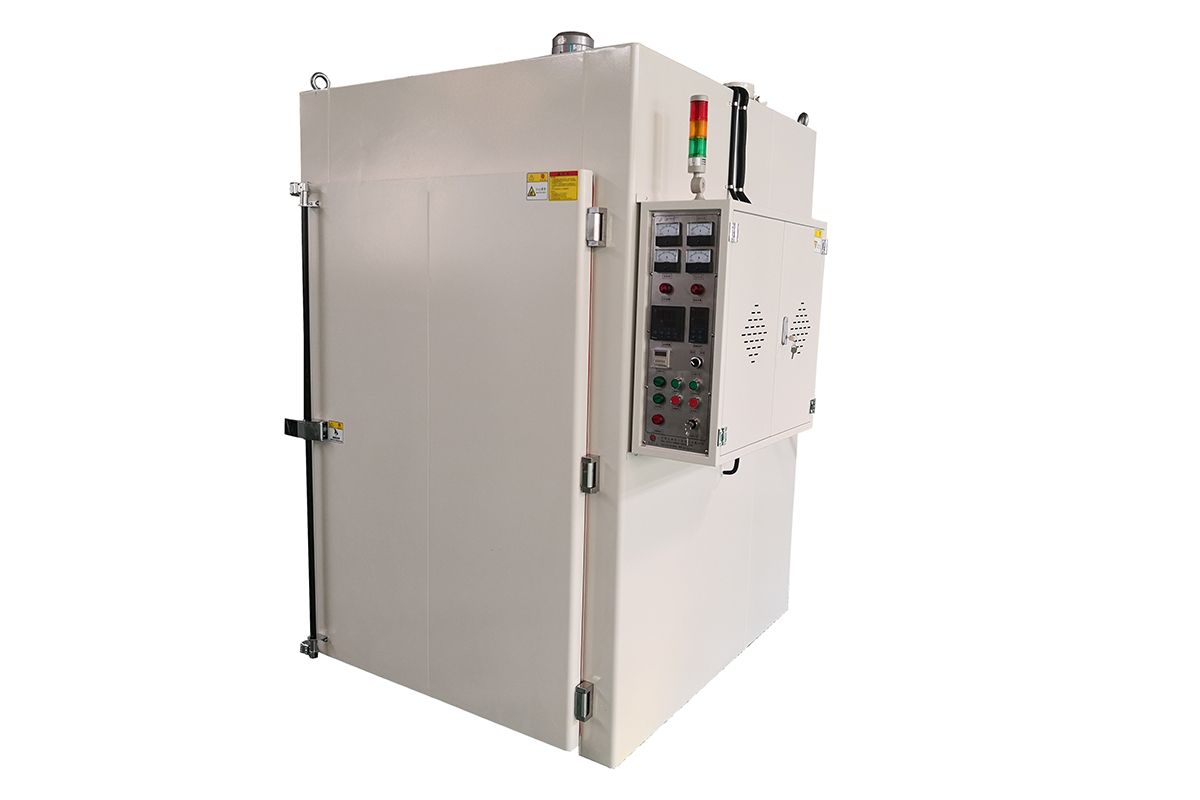
Key Features:
1.Capacity and Size:Large ovens are designed to handle high volumes of materials or products. The capacity can range from hundreds of liters to several thousand liters, accommodating large batches in a single cycle. Their size ensures they can process heavy-duty items or multiple smaller parts simultaneously.
2.Temperature Control:Advanced temperature control systems allow precise regulation of the internal environment. These ovens are capable of reaching temperatures of up to 350°C or more, depending on the intended use. Digital thermostats, PID controllers, and touch screen interfaces ensure optimal performance.
3.Even Heat Distribution:Equipped with forced air circulation systems, large ovens ensure consistent heat distribution across the entire chamber. This feature prevents hot spots, providing uniform results throughout the process.
4.Insulation and Energy Efficiency:To minimize energy consumption, large ovens are built with high-quality thermal insulation materials, maintaining internal temperatures efficiently while reducing heat loss. This feature is crucial for sustainability and cost savings in long-term operation.
5.Materials and Durability:Constructed from heavy-duty stainless steel, these ovens are designed for robust use in industrial environments. The materials ensure resistance to corrosion and easy cleaning, making them suitable for food processing or applications that require hygiene.
6.Customization:Many manufacturers offer customized sizes, temperature ranges, and control systems tailored to the specific needs of the industry or application. Options include programmable timers, multiple shelves, adjustable racks, and more.
| Parameter | Description |
|---|
| Model Type | Customizable to meet specific industry requirements |
| Capacity | Ranges from 200L to 5000L, or higher depending on the oven size |
| Temperature Range | 50°C to 350°C (some models can go up to 500°C for specialized applications) |
| Temperature Accuracy | ±1°C to ±5°C, depending on the oven's precision control system |
| Heating Method | Electric, gas, or hybrid (electric/gas combination) |
| Heating Element | Stainless steel or Incoloy elements for high heat resistance |
| Air Circulation | Forced air circulation with adjustable fans or blowers for uniform heat |
| Control System | Digital PID controller or touch-screen interface for precise control |
| Insulation | High-density rock wool or fiberglass for superior thermal retention |
| Power Supply | 220V/380V, depending on size and capacity, with options for different regions |
| Energy Efficiency | 80%-90% energy efficiency depending on insulation and airflow design |
| Material | Stainless steel, aluminum, or high-temperature resistant materials |
| Interior Dimensions | Varies, but typically ranges from 600mm x 600mm x 1200mm to much larger sizes |
| Exterior Dimensions | Varies depending on capacity, but typically ranges from 1000mm x 1000mm x 2000mm to larger sizes |
| Shelf Racks | Adjustable, multiple racks or shelves depending on the model |
| Control Features | Timer, temperature regulation, over-temperature alarm, and auto shutoff |
| Certification | CE, UL, RoHS, and other relevant certifications based on region |
| Applications | Food processing, automotive, electronics, research labs, manufacturing |
| Weight | Typically ranges from 200kg to 5000kg depending on oven size and design |
| Warranty | 1-3 years depending on manufacturer and model |
Applications:
1.Food Processing:Large ovens are widely used in bakeries, snack food production, and meat processing for tasks like baking, drying, roasting, or curing. They are designed to handle bulk food items with uniform results.
2.Automotive and Aerospace:In these industries, large ovens are used for curing paints, coatings, or composite materials. They provide consistent temperatures essential for the quality of the final product.
3.Electronics Manufacturing:Large ovens are employed to dry or cure electronic components or circuit boards, where controlled temperature profiles are crucial to avoid damage.
4.Laboratories and Testing Facilities:Industrial-scale ovens are used for material testing, research, and development in scientific settings, especially for experiments requiring precise temperature environments.
Benefits:
1.High Efficiency: Designed to handle large quantities with minimal downtime.
2.Consistency: Provides uniform results across all products, ensuring quality.
3.Energy Savings: Advanced insulation and heat control systems lower energy consumption.
4.Durability: Made with industrial-grade materials to withstand heavy use over extended periods.








